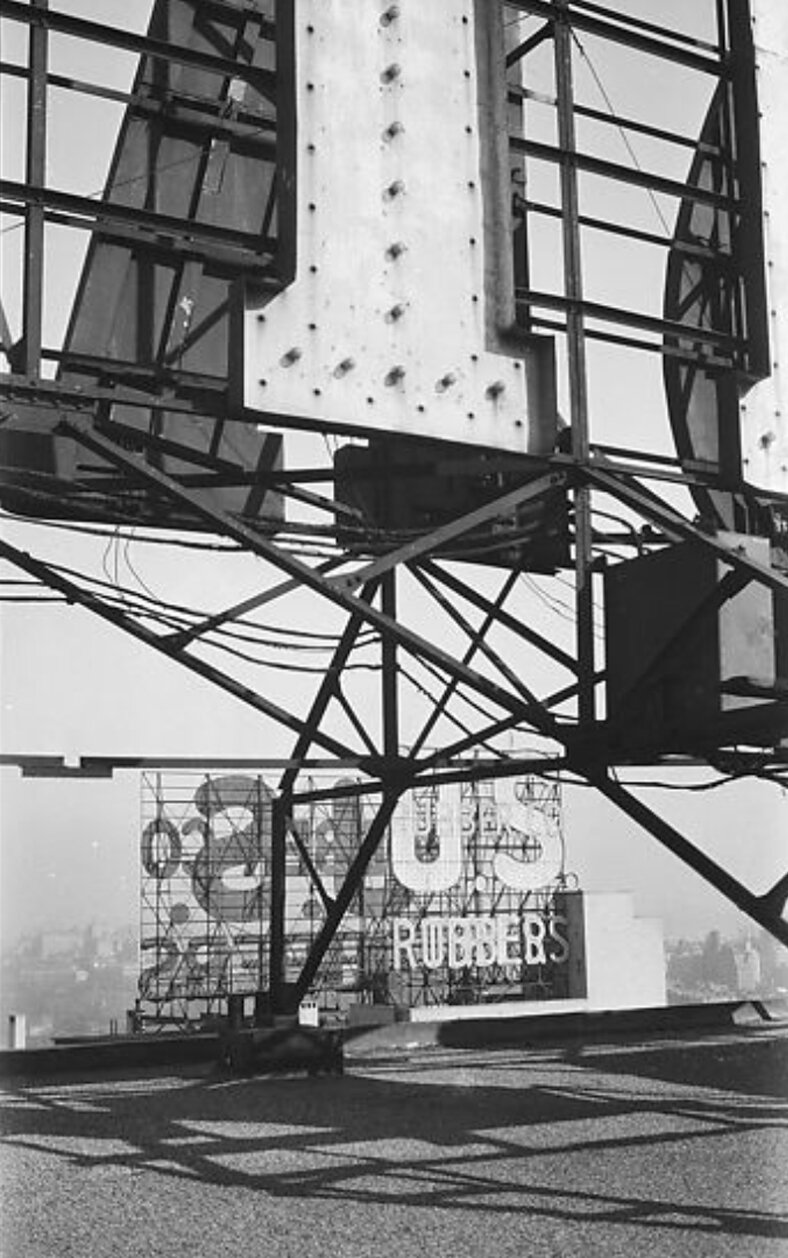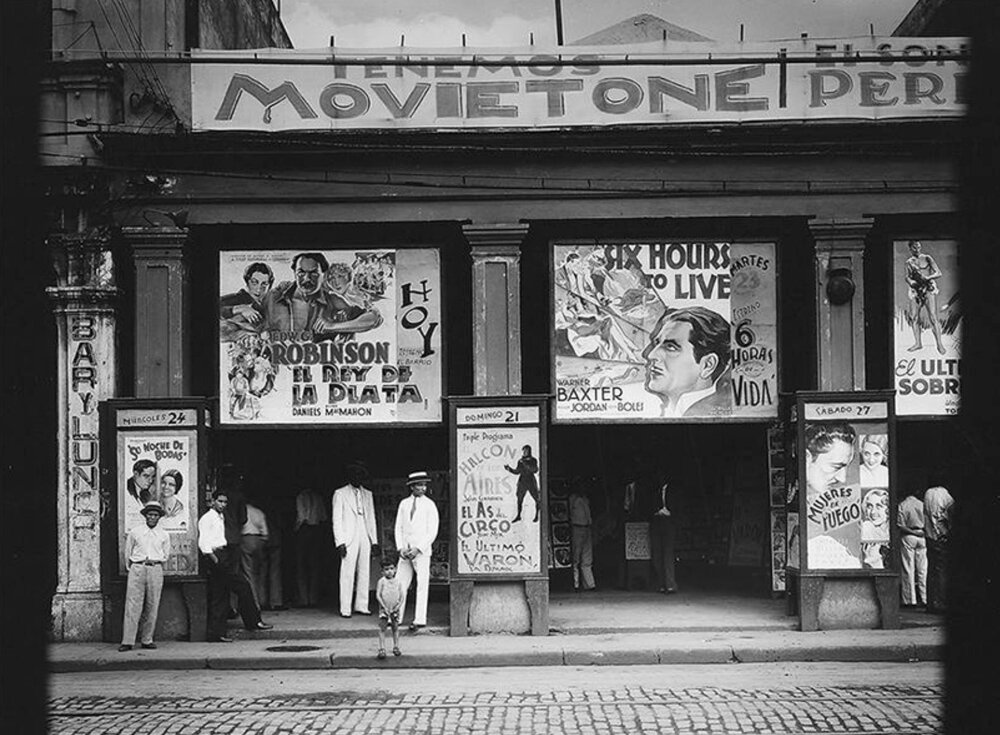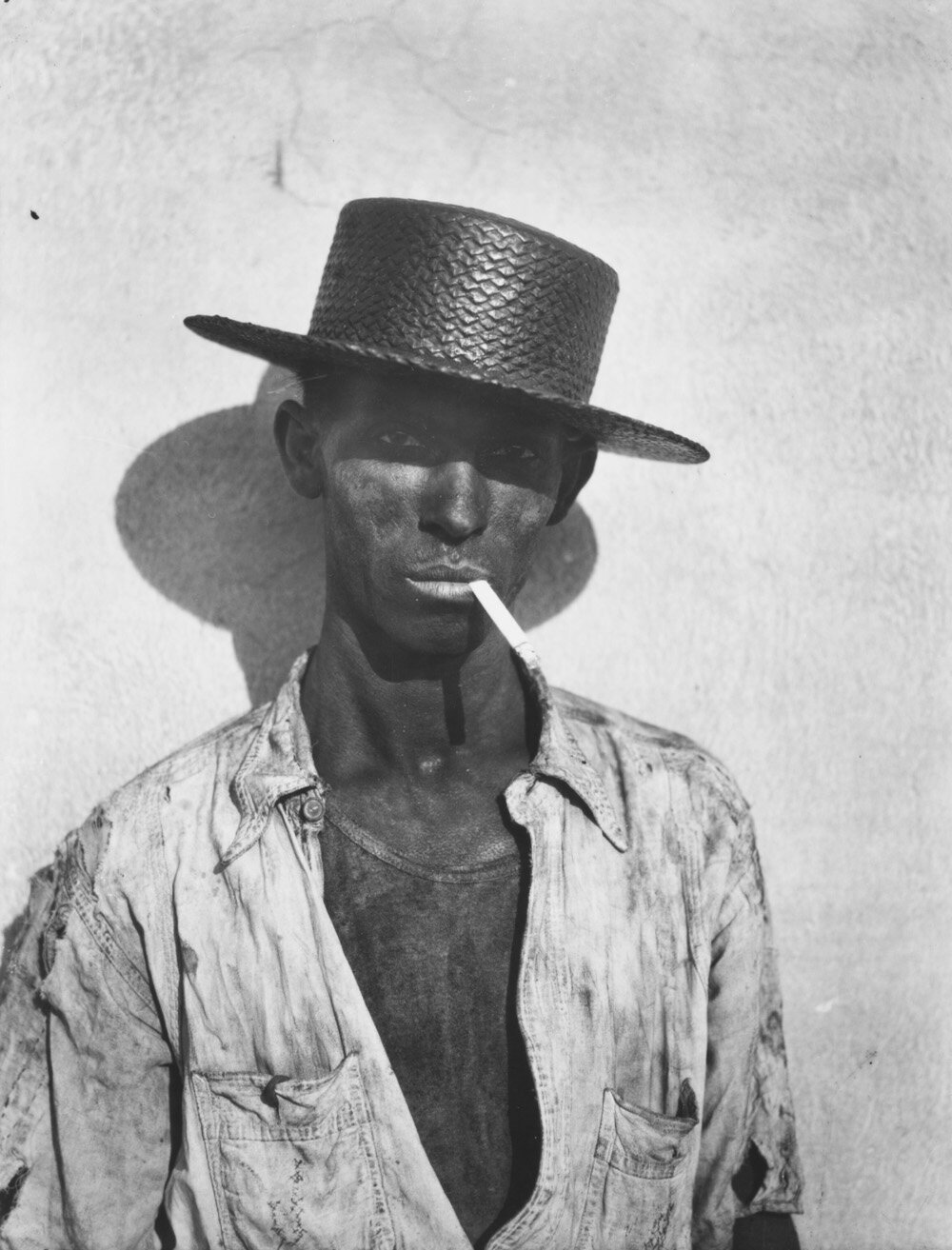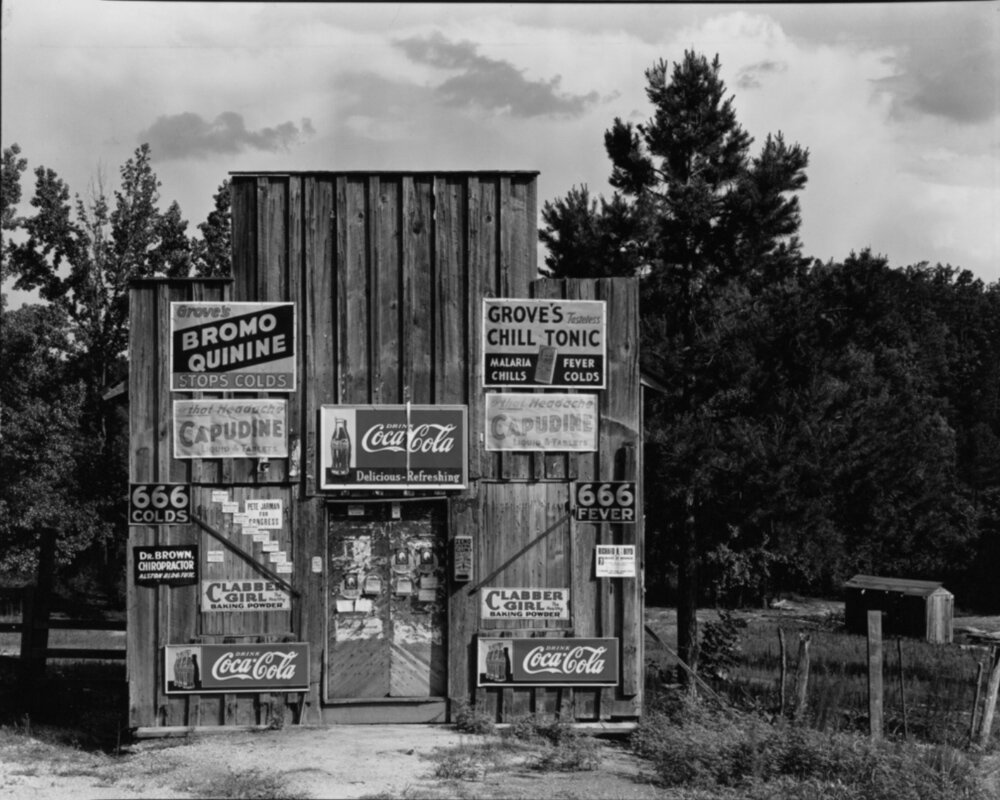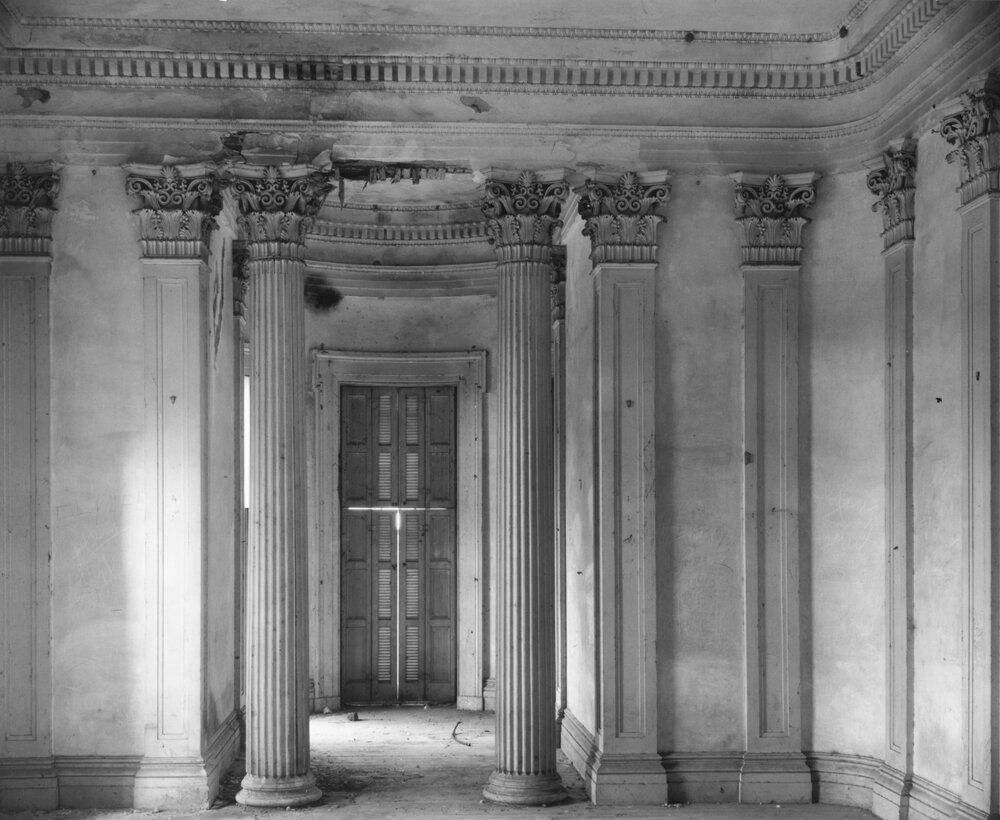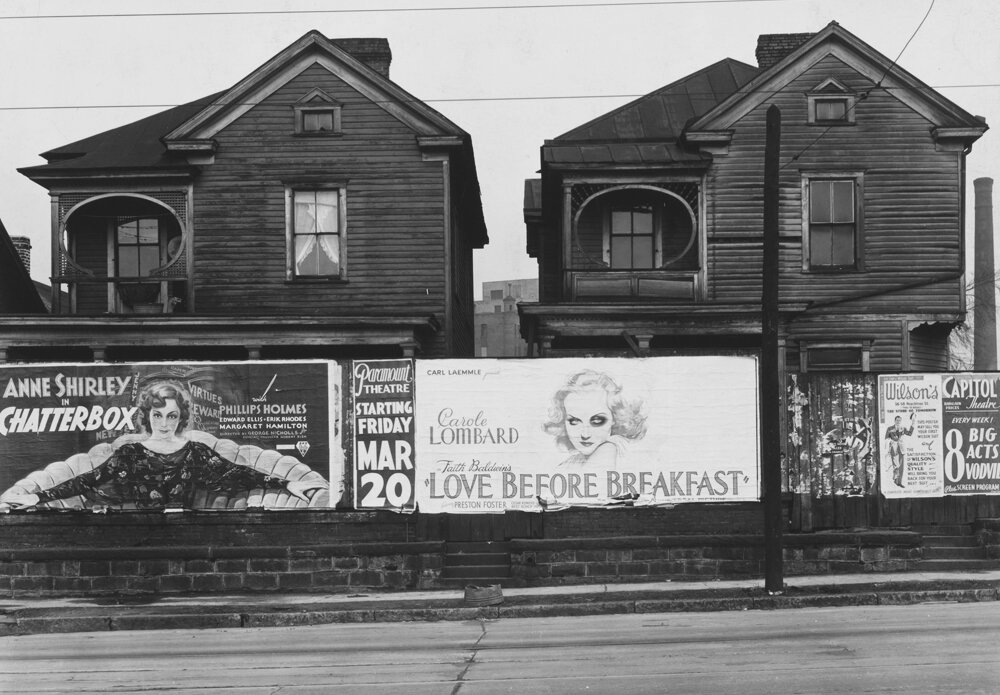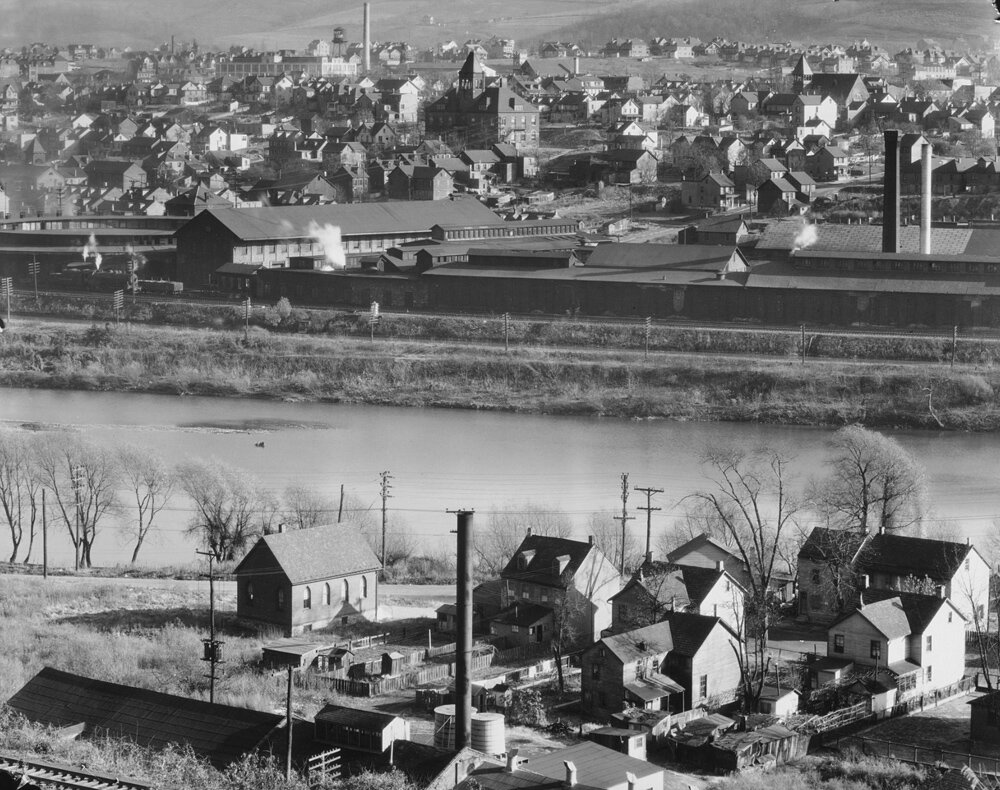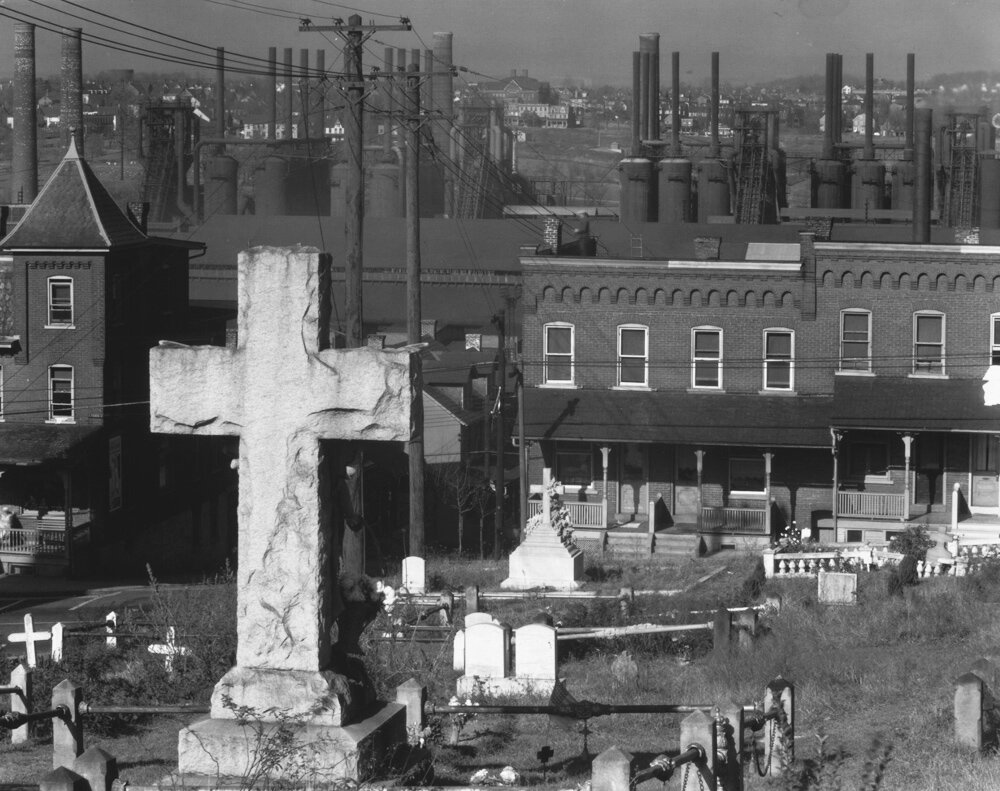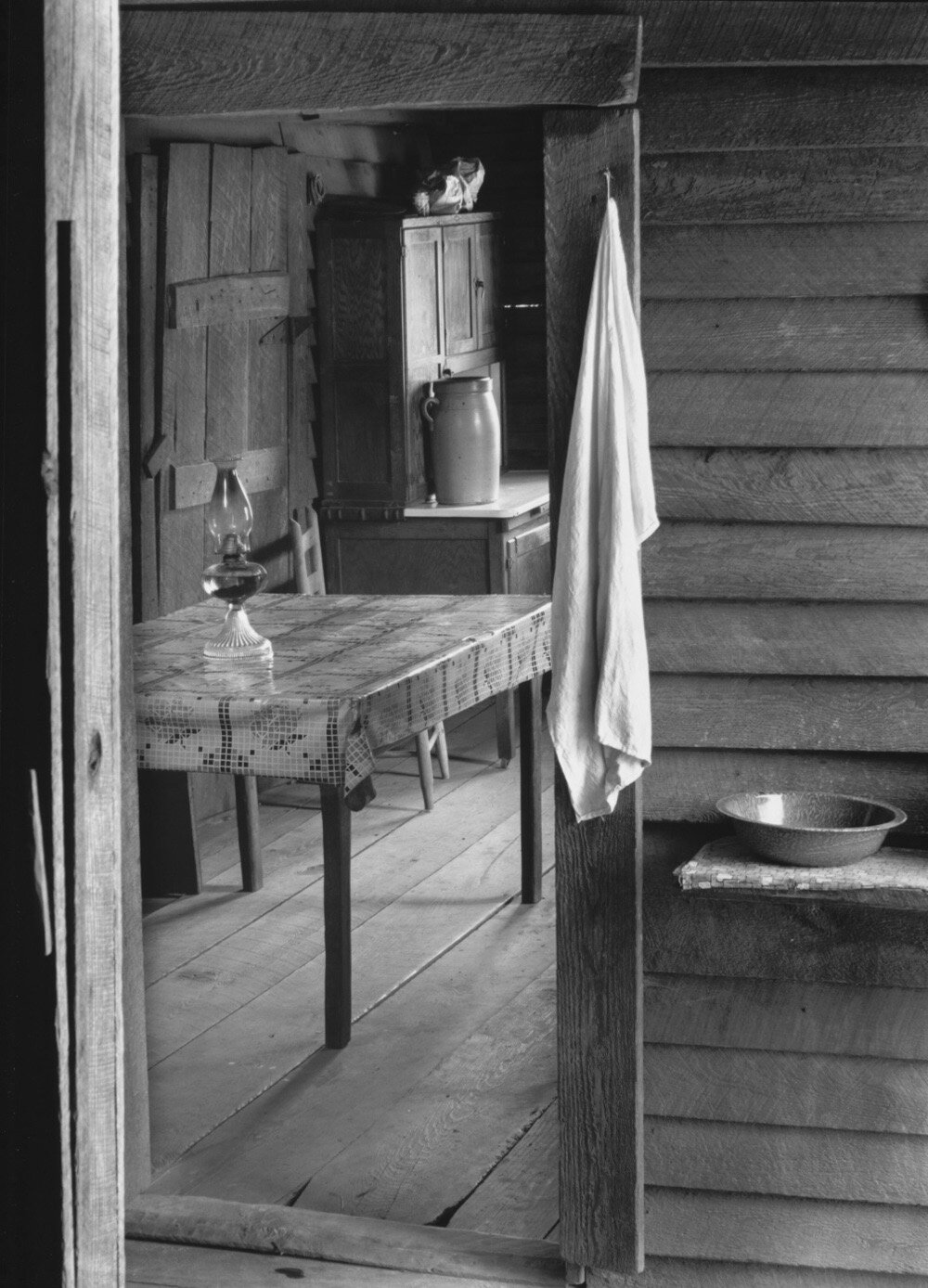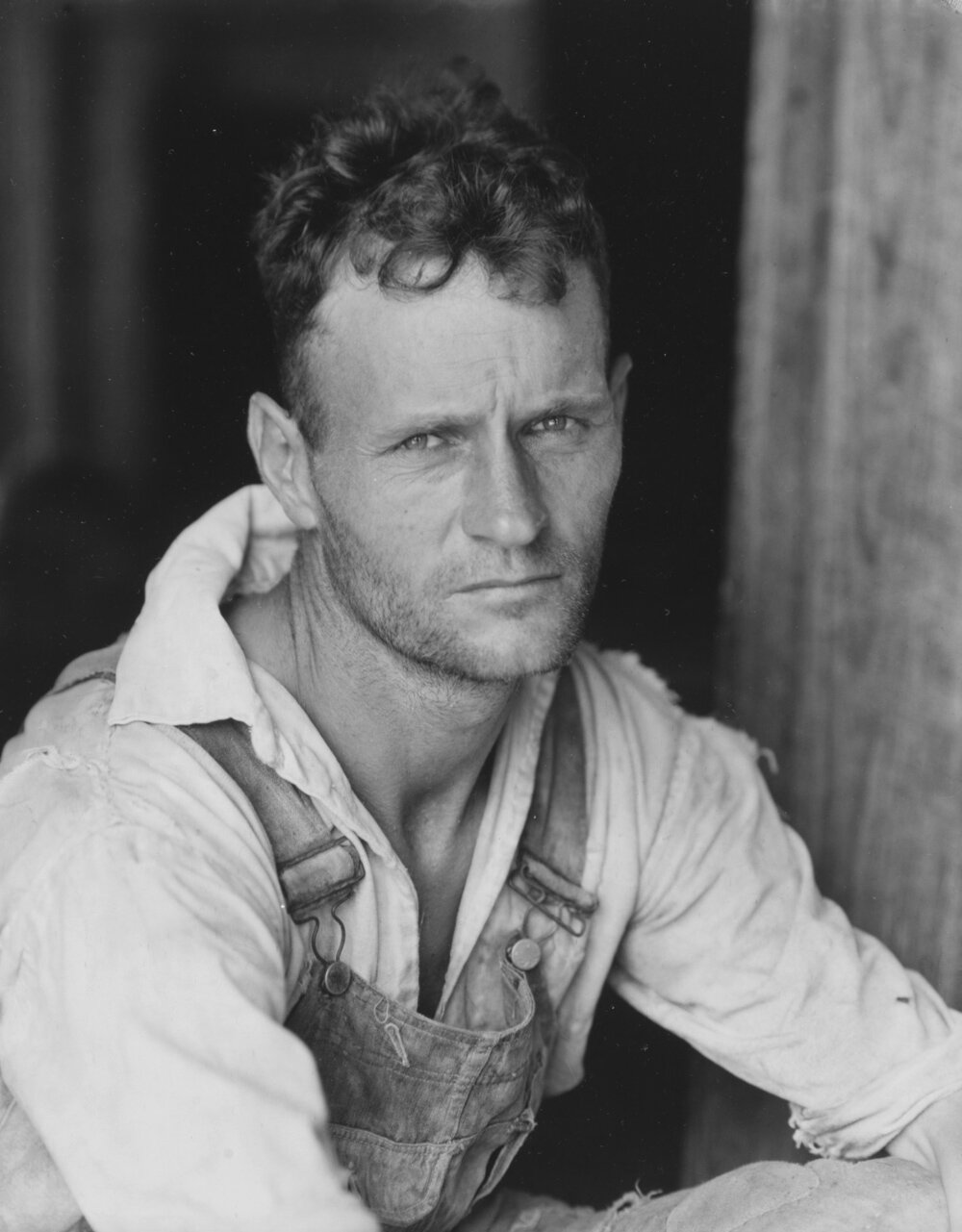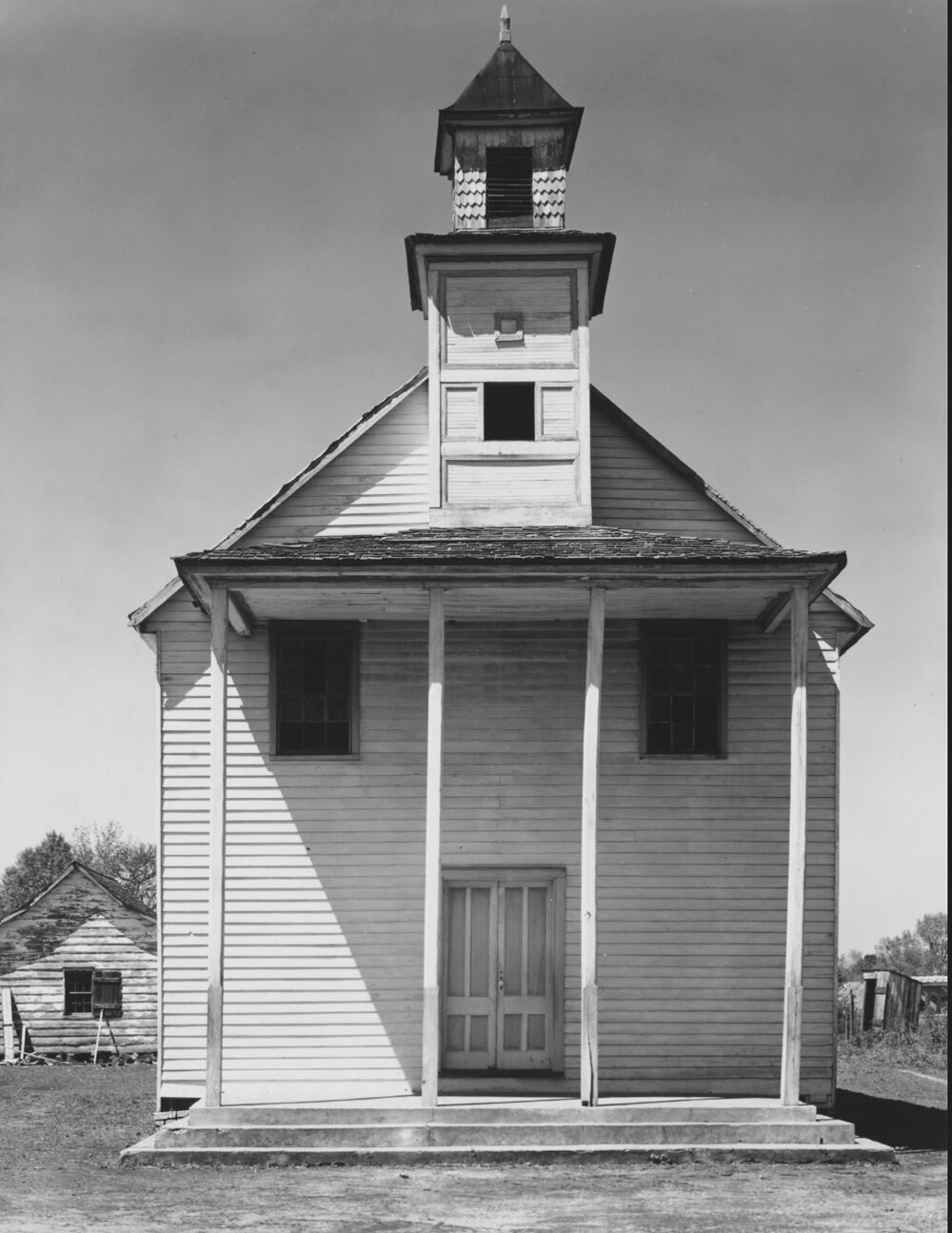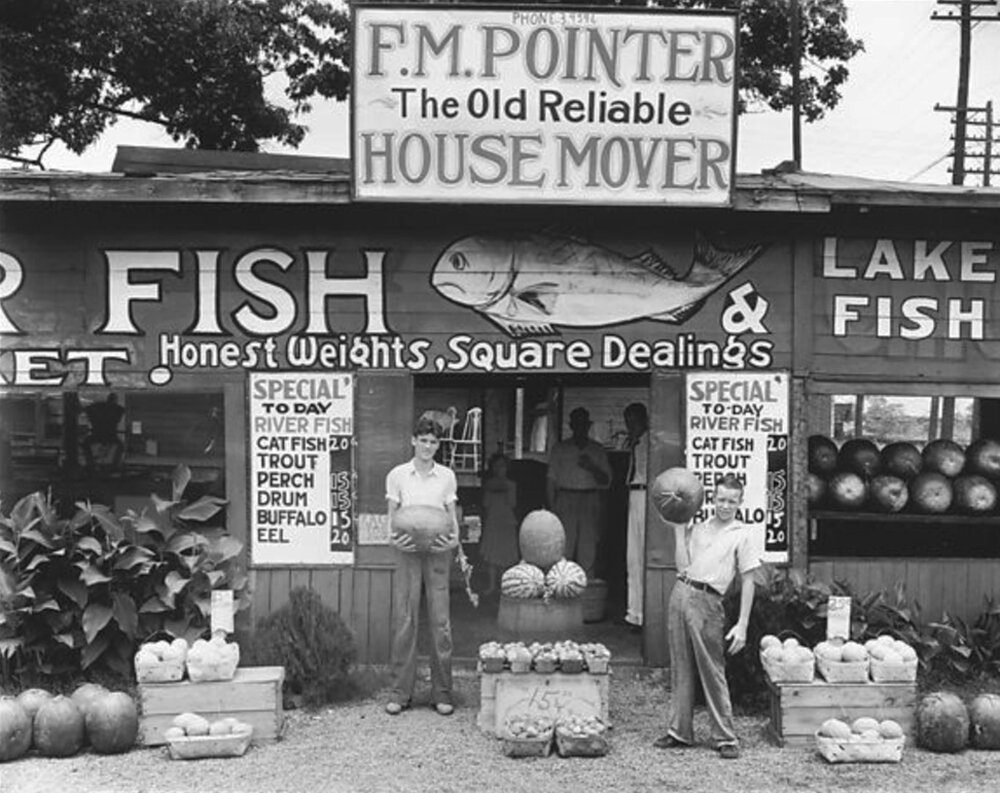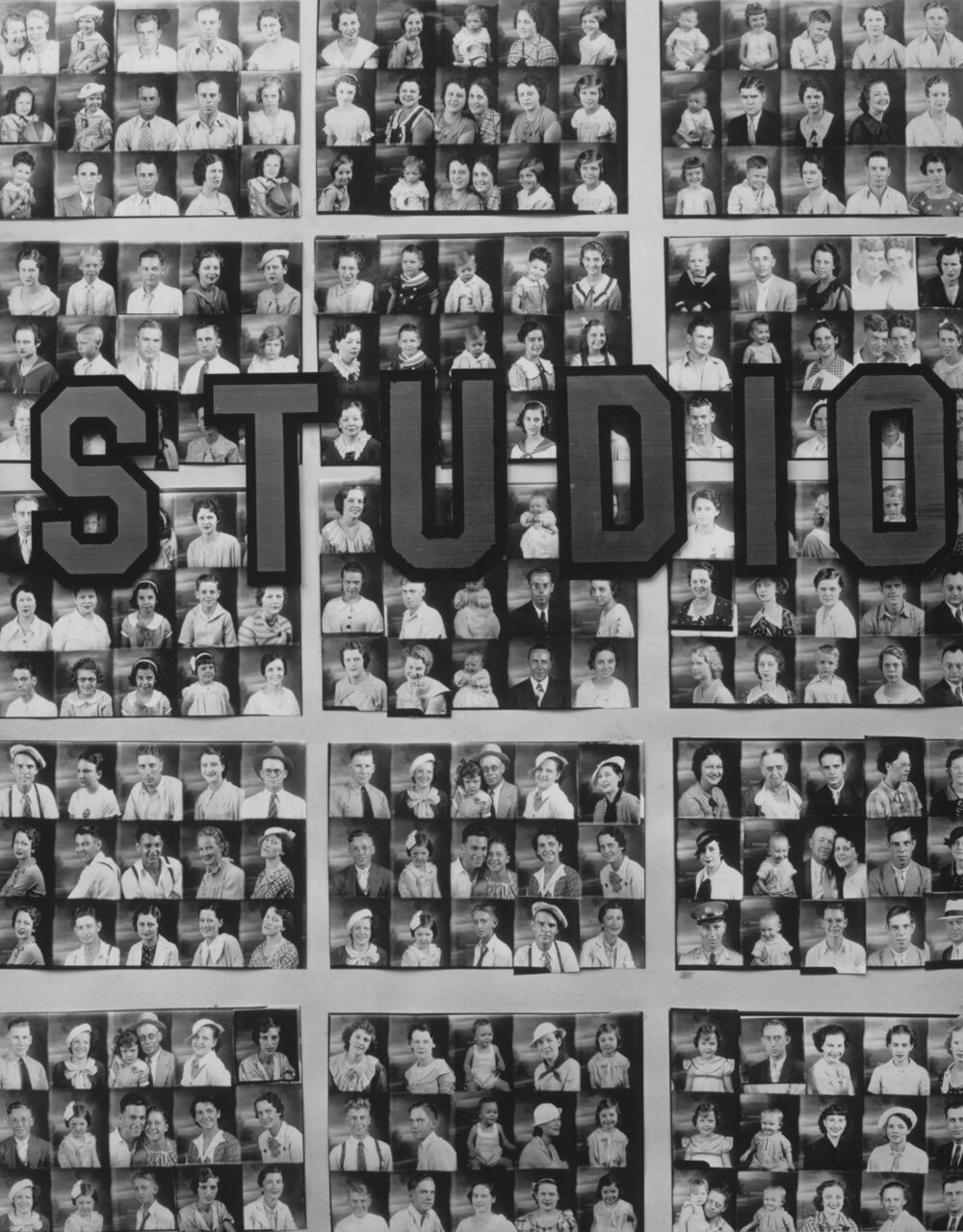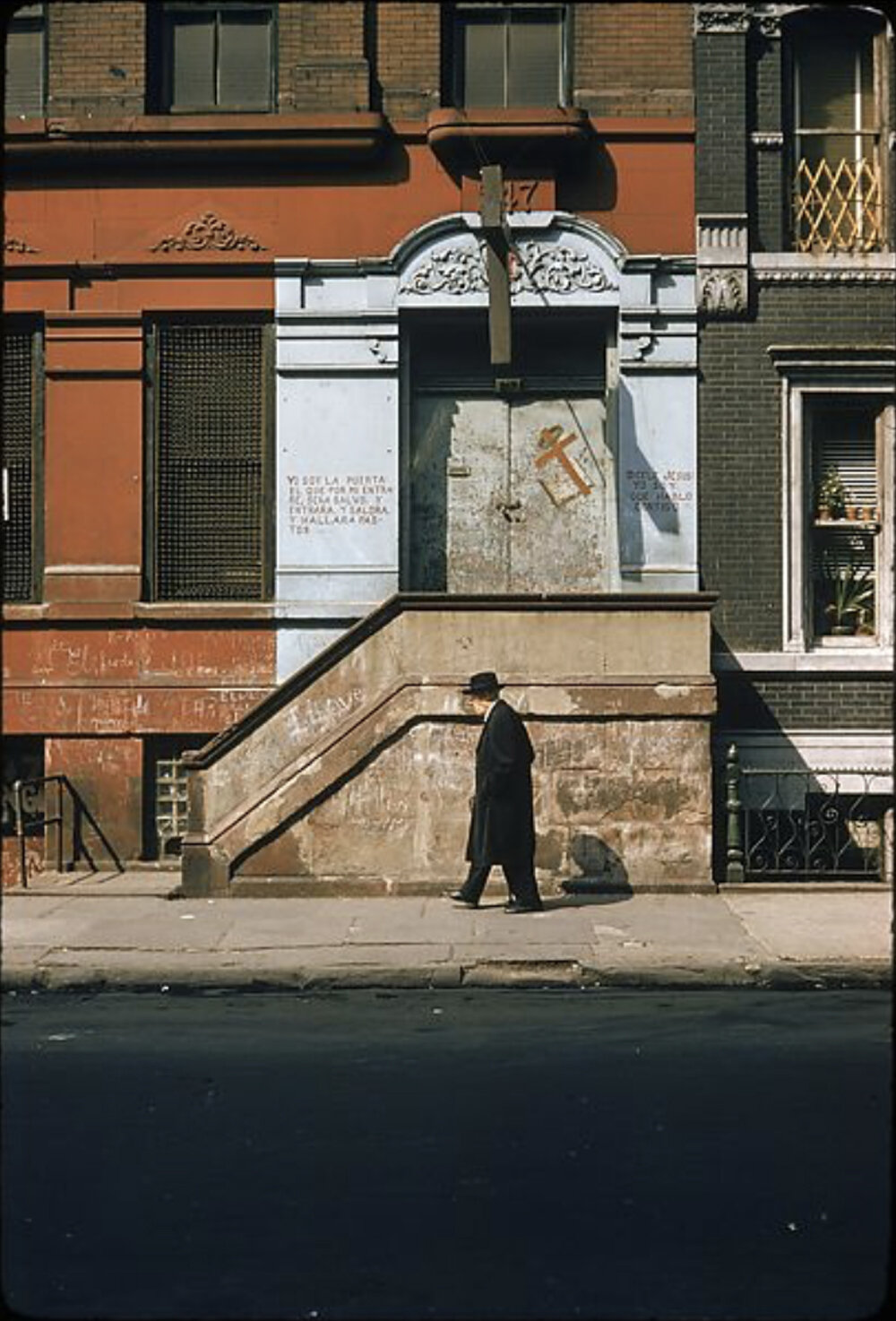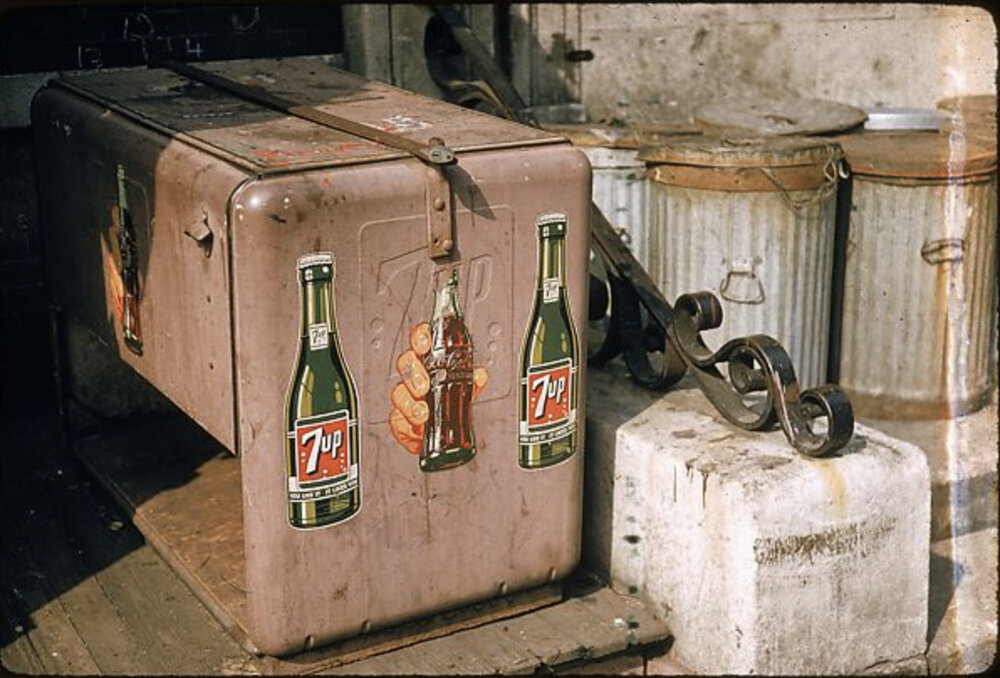Walker Evans
Walker Evans
(USA 1903-1975)
Walker Evans, selfportrait 1930
Walker Evans is the American photographer who has influenced more than any other the modern documentary photography of the 20th century. With his anti-conformist nature, he rejected the prevailing pictorialist view of artistic photography, supported by the main proponent Alfred Stieglitz, and constructed a new artistic strategy based on the description of common facts in a detailed and poetic manner. Evans has been described as the photographer with the sensibility of a poet and the precision of a surgeon… Following independently his artistic strategy, he built a body of work based on the description of American everyday life. His preferred subjects are the vernacular architecture, street scenes, advertising, billboards, shop windows, passers-by, automobile culture, and most important the description of American poor conditions during Great Depression. Evans is the first photographer that the Museum of Modern Art (MOMA) New York dedicated a personal photography exhibition in 1938. He was an independent and authoritative figure in photography. For two decades he worked as an editor and writer for Time and Fortune magazines, where he designed the layout and the accompanied words of his photography. In the end of his career he taught photography at Yale University. His photography has influenced a generation of photographers, such as Robert Frank, Le Friedlander, Garry Winogrand, Diane Arbus, the Bechers, and other genres of art, such as: cinematography, theater, and literature.
© Walker Evans, Truck and Sign New York, 1930
The first years
Walker Evans began photographing at the age of 25, with his Kodak handheld camera, during his stay in Paris, where he was studying French literature at the Sorbonne University. Evans aspired to become a writer, but upon his return to New York in 1928, he exchanged the writer's dream for the profession of the photographer. The first photographs are scenes of everyday American life and urban environments: New York streets, Victorian buildings, Brooklyn Bridge, abstract compositions of emerging new architecture, street advertisements, and storefronts. Repeating motifs in his photography are: letters, signs, numbers in billboards and road advertisements. He documented the city through the eyes of a historian and anthropologist, finding what was authentic and American in character. The main influences in his photography were: Eugene Atget and August Sander; while the favourite writer: Gustave Flaubert, from whom he adopted the saying: "An artist must be in his work like God in Creation, he should be everywhere felt, but nowhere seen”.
© Walker Evans, Brooklyn Bridge New York, 1929
© Walker Evans, U.S. Rubber Sign, New-York, 1928-1929
© Walker Evans, Movie Poster, New York, 1930
© Walker Evans, Parked Car, Small Town Main Street, 1932
© Walker Evans, Street Scene with Telephone Pole and Lines, Provincetown Massachusetts, 1931
© Walker Evans, Chrysler Building, 1930
© Walker Evans, Construction Shack, New York, 1929
Havana
In the early 1930s, Evans was sent to Cuba to photograph the worker’s conditions during the dictatorship of Gerardo Machado. Here he photographed the slums, the street beggars, the police, the port workers, developing the human side of his latter photography. The photographs were published in 1933 in the book “Crimes of Cuba”.During his stay, Evans accompanied Ernest Hemingway, to whom he left 46 photographic prints for fear of being confiscated by the Cuban authorities. These prints were found in Havana in 2002, and were presented in a photographic exhibition.
© Walker Evans, Cinema Havana, 1933
© Walker Evans, Havana Dock Worker, 1932-1933
© Walker Evans, Squatters Village Cuba, 1933
Years of the Great Depression
During the years 1935-1937 Evans worked for the government's New Deal Resettlement program (later called the Farm Security), to document the life of South American farmers during the Great Depression. In this project he developed his artistic style to documented the facts in a detailed precise and neutral way, using a large format 8x10 inch camera. A collection of his works was displayed at the Museum of Modern Art in 1938 entitled "American Photographs", which is the first personal exhibition that MOMA dedicated to a single photographer. The book of the same title with 100 photographs by Evans, accompanied with a critical essay by Lincoln Kirstein, remains today one of the most influential books in the history of modern photography.
© Walker Evans, Roadside Store between Tuscaloasa and Greensboro, Alabama-1935
© Walker Evans, Easton Pennsylvania, 1935
© Walker Evans, Breakfast Room at Belle Grove Plantation White-Chapel, Louisiana, 1935
© Walker Evans, Houses and Billboards Atlanta, 1936
© Walker Evans, View of Easton Pennsylvania, 1936
© Walker Evans, Graveyard and Steel Mill Bethlehem, Pennsylvania, 1935
© Walker Evans, Birmingham Steel Mill and Workers Houses, 1936
Let Us Now Praise Famous Men
During 1936, Evans undertook a trip to the South, with the writer and friend James Agee, to document the difficult lives of three sharecropper families affected by the economic crisis. The project, which was rejected for publication by Fortune magazine, was published in 1941 in the form of a book of pictures by Evans and text by Agee, entitled "Let Us Now Praise Famous Men". The photos of this project remain iconic images of America affected by the Great Depression.
© Walker Evans, Coal Miner's House West-Virginia, 1936
© Walker Evans, Farmers Kitchen Hale-County Alabama, 1936
© Walker Evans, Sharecropper Hale-County Alabama, 1936
© Walker Evans, Church Organ and Pews, Alabama, 1936
© Walker Evans, Negro Church South Carolina, 1936
© Walker Evans, Barber Shop Vicksburg Mississippi, 1936
© Walker Evans, Country Store and Gas Station, Alabama, 1936
© Walker Evans, Roadside View Alabama Coal Area Company Town, 1936
© Walker Evans, Roadside Stand near Birmingham, Alabama, 1936
© Walker Evans, Window Display Bethlehem Pennsylvania, 1935
© Walker Evans, Penny Picture Display, Savannah 1936
Subway Portraits
From 1938-1941, Walker Evans photographed New Yorkers on the subway, captured by his Contax 35mm camera, hidden under his coat. The photographic series was published many years later (1966), under the title "Many are called".As he puts it, he wanted to photograph people "when the guard is down and the mask is off." The motif of casual passers-by, is a recurring motif in Evans work. While working for Fortune in 1946, he photographed with Rolleiflex a series of portraits of workers on the streets of Chicago, which are published in 2 pages of the magazine under the title "Labor Anonymous".
© Walker Evans, Subway Portrait, 1938-1941
© Walker Evans, Subway Portrait, 1938-1941
© Walker Evans, Labor Anonymous, Fortune November 1946, pp152-153
Years in Time and Fortune Magazine
Evans worked for Time magazines (1943-1945), and later for Fortune (1945-1965) as a photo editor, producing over 400 photos and 46 articles. Evans had complete control over the publication of his photographs, he chose the subjects himself, the accompanying writings and the layout of the magazine. Having photographed America at its most difficult years, now Evans captures its rise as the world superpower, the culture of automobile and consumerism.
© Walker Evans, Burlesque Theater, Chicago 1946
© Walker Evans, Views of Pedestrians Uniontown, Maryland, 1946
© Walker Evans, Pedestrians Uniontown Maryland, 1946
© Walker Evans, Shoppers Randolph Street, Chicago 1946
© Walker Evans, Untitled Chicago, 1946
© Walker Evans, Lamp on Table, Evans Apartment New-York, 1946
© Walker Evans, Details of Clapboard House, 1960
Last years
In 1965, Evans began teaching photography at Yale University School of Art and Design. During the ’70s he experimented with colour photography, and the Polaroid SX-70 camera, with an unlimited supply of film from Kodak. These photographs are interesting studies of colour and shape, on Evans' preferred motif: architecture, portraits and signs.
© Walker Evans, New-York Streets, 1957-1959
© Walker Evans, New-York Streets, 1957-1959
© Walker Evans, Telephone Pole and Red Barn, 1974




